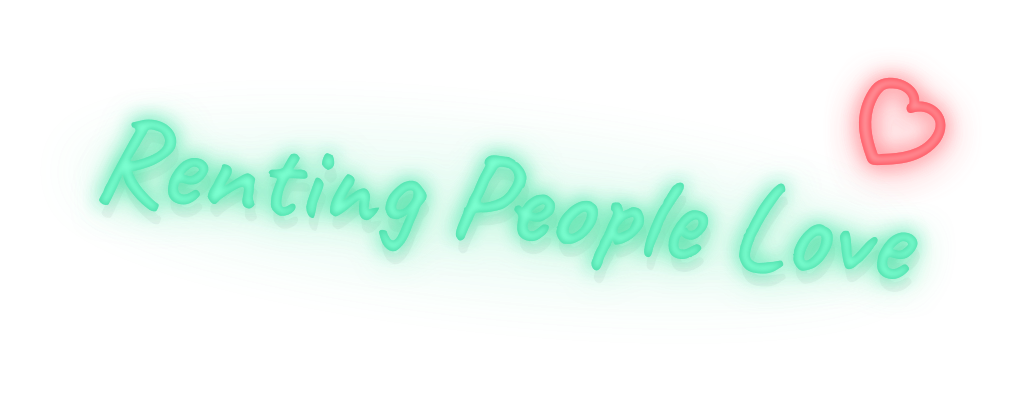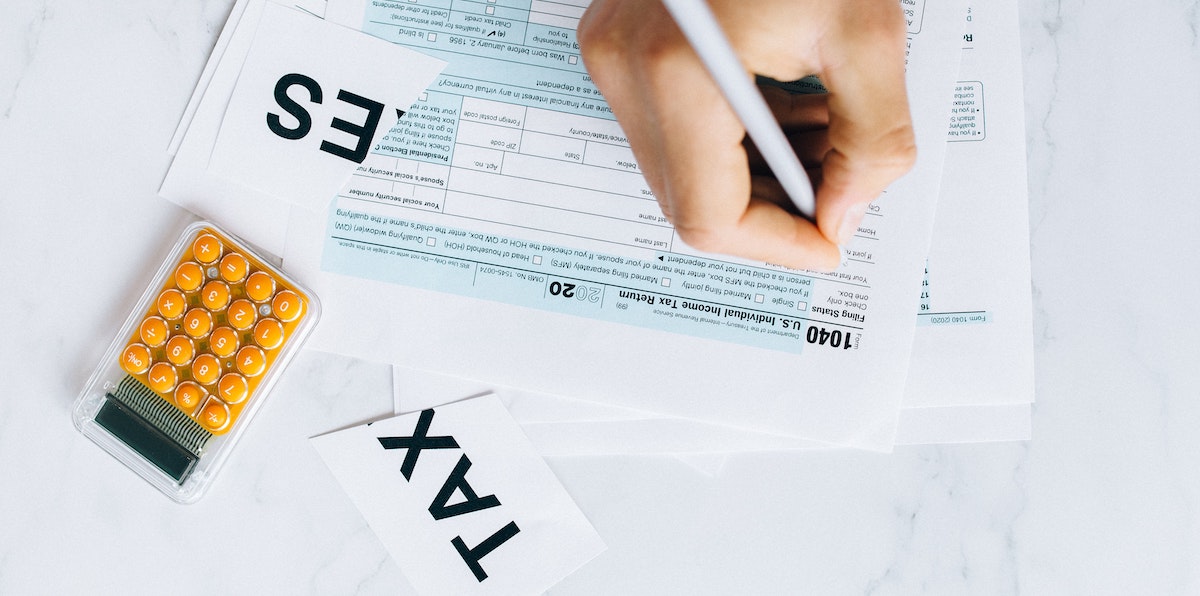Property Management
7 Important Clauses to Include in Your Lease or Rental Agreement
Last Updated Jul 4, 2024


Table Of Contents
There’s no shortage of free online templates to create a simple lease agreement. And we get the temptation this gives to homeowners managing their own rental. Few people love reading lengthy contracts let alone creating them. If they’re all pretty standard, why not?
But before you go down that road, remember this: a lease is a binding legal document designed to protect you and your rental home. Will a boilerplate take enough into account? Overlooking vital details could come back to bite you down the road. It’s always recommended that you speak to a local attorney before signing on any dotted lines.
Whether you’re planning to outsource the 'legalese' or hit download on a template, here's 7 important clauses and disclosures that should be in your lease or rental agreement.
1. Occupancy details and conditions
Only the people named on your lease agreement are legally responsible for paying the rent and following the terms. This is why all adult members of the household need to be listed. Partners, roommates — get it in writing. Include an occupancy clause that states that only the named tenants and their children can occupy the home. A clause should also prohibit subletting and unapproved occupants to further protect your home from unauthorized use, particularly on short-term rental platforms that may violate the terms of your landlord's insurance policy.
2. Payment terms for rent and security deposit
Your lease should obviously list the agreed rental price and security deposit amount. But you can avoid messy disputes by detailing the specific payment terms. Your lease agreement should include details such as:
- When rent is due and the frequency of payments
- Approved ways to pay the rent
- What will happen if the rent is late (including details of fees if they apply in your state)
- What will happen if a check bounces or payment declines
- The amount of security deposit due and where it will be held
- Whether interest will apply on the security deposit, based on local laws
- The terms in which the security deposit will be returned
- Any nonrefundable fees that apply
Every state and jurisdiction is different, which is why it’s important to seek professional help for legislation around rent and security deposits. For example, in California a security deposit can’t exceed two months rent, but it’s limited to one month if the tenant is an active service member. In Texas, there is no limit applied. In Washington state, you must allow tenants to pay the deposit in installments if the amount is more than 25% of the monthly rent. There isn’t a one-size-fits-all approach to drafting a lease for renting in the US.
3. Policies around proper use of the home
How you want the rental home and surrounds used should be clear to tenants before they move in, avoiding headaches down the road.
For example, if you have parking for one car, spell that out. Don’t assume that your residents won’t use the lawn to park their partner’s car or store an RV if you haven’t told them they can’t. A boilerplate won’t have any specifics relating to your home, so these details will need to be considered carefully.
When Belong drafts a lease agreement, we make sure to include specific policies and permissions including:
- The responsibilities of the resident for maintenance and reporting faults, including what they need to replace themselves, such as light bulbs
- Authorized and/or prohibited parking on the property
- Storage notice for personal use only, not storage for other people or hazardous materials
- An outline of who is responsible for paying for utilities and services to the home
- Legal use of smoke detectors and carbon monoxide, plus reporting and maintenance requirements
- Garden maintenance and watering requirements as applicable to the home
- A no smoking policy, prohibiting smoking and vaping in the home and common areas
- A drug policy, prohibiting the use, growing and distribution of drugs, marijuana or related products on, in or about the home
- A policy for requesting any alterations around the home, including painting
- Local conditions in the neighborhood, such as city noise restrictions
- Early termination penalties if the resident wants to move out before the end of the lease
- A pest control policy including the residents' responsibility to keep the home in a clean and sanitary condition (with pest control costs applicable for failing to do so)
- Resident obligations upon moving out including key return, removal of personal items, cleaning and providing a forwarding address
Learn More: Discover Belong, the best alternative to Property Management in Seattle, Redmond, Oakland, and many more cities across California, Florida, Texas, Utah, North Carolina and Washington State.
4. Statutory disclosures for your local area
Depending on where your home is located, there could be a number of legal disclosures you are required to include in a lease agreement. For example, if your home is in the state of California, you are legally required to include:
- A ‘Megan’s Law’ database disclosure statement
- Disclosure of any known mold or ventilation issues in the home and agreement to keep the home free of mold and mildew
- A lead paint warning statement and disclosure of any known lead-based paint or hazards in the house (for homes built prior to 1978)
- Any known chemical-related hazards
- Any known contamination from methamphetamine of fentanyl
- Information about bed bugs and reporting requirements
- Information about flood hazards if applicable to the home
- How to comply with smoke and carbon monoxide detector requirements
- Any rent caps or rent control regulations applicable to the local city
Research your local municipality and state landlord-tenant laws if you decide to manage a lease on your own.
Discover Belong: Skip the research and let Belong take care of everything. See why thousands of US homeowners are ditching outdated Property Management in San Francisco, San Diego, Los Angeles, Tampa, Jacksonville, Concord, Berkeley, Orlando and more.
5. Insurance requirements
Even if you have insurance for your rental home, it won’t cover the residents or their personal belongings while they rent. Your lease agreement should make it clear that residents are responsible for their own insurance to protect against loss in and around the home.
If your home is loved by Belong, we require all residents to carry their own renter’s insurance with liability coverage to protect them and our homeowners. Our lease agreements stipulate proof of this policy before commencement of the agreement and prior to any renewals.
6. Pet policy
If you decide to make your rental home pet-friendly, you’ll need a pet policy or addendum in your lease agreement. Like the residents themselves, this policy should specify the approved pet only. If other unauthorized animals are kept in the home this would be considered a lease violation.
Creating a dedicated pet policy and/or clause in your lease will protect you in the future if you need to claim against the security deposit to cover damages. Your pet policy or clause should include:
- The listed approved pet/s including the type and breed
- Whether an additional security deposit is required and how much
- What damages can be claimed under the security deposit
- The resident’s responsibilities for keeping the pet under control and cared for, avoiding damage and nuisance to your home and neighboring properties
- The resident’s responsibility for replacing any damage within the home such as blinds, door frames, and carpets
- Whether or not you have a requirement for pest control upon vacating the home (such as flea treating carpets)
7. Rights to enter the property
Under your local state access laws, you are permitted to enter the property for certain situations (like repairs or inspections) with proper notice. The notice needed and the conditions will vary depending on where your home is located. This means you’ll need to find out the rules for your state and include them in the lease agreement. This will avoid claims of illegal entry or violation of privacy rights — provided you abide by them of course!
Read More: 11 Legal Mistakes To Avoid As a Rental Homeowner
Ditch traditional property management and Belong instead
Forget online lease templates, what if you could modernize your entire rental experience through a simple app? Belong combines industry-busting technology with human smarts to make renting lovable for both homeowners and their residents.
Tell us about your rental home now to get started.
Disclaimer: We prefer to refer to members in our network as homeowners and residents, not landlords and tenants, since we’re on a mission to upend and redefine the traditional landlord-tenant relationship. That said, there’s a big difference between residential ‘homeowners’ and ‘landlords’ when it comes to legal matters, so in some instances we have had to stick to these terms. This article was researched in October 2023 and is subject to change and variances between local county laws. This article is designed to support your research on creating a lease agreement and should not replace advice tailored to your rental home or situation.
About The Author
Melanie Kershaw
Mel Kershaw is a Content Lead at Belong. With an extensive background working with technology companies including Eventbrite and Yelp, she’s always looking for ways to create educational and informative articles that simplifies tech and solves problems for her audience.




